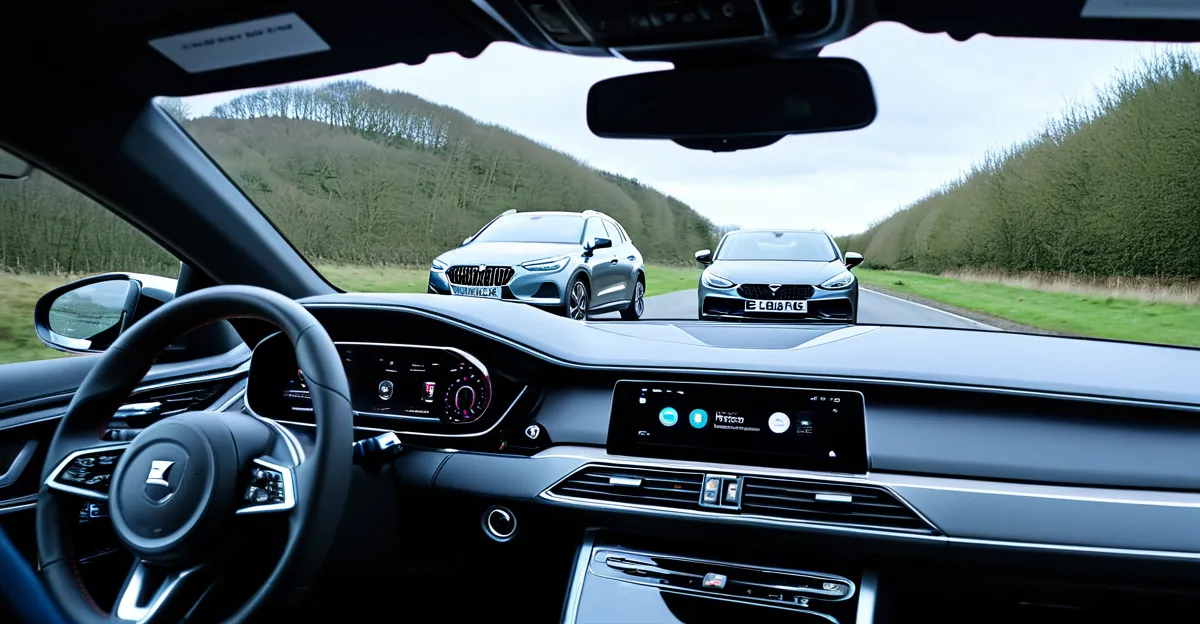Key Transformations Shaping the UK’s Automotive Industry
The automotive industry UK is undergoing rapid industry transformation, largely driven by revolutionary future technology. A key technological driver is the widespread integration of digitalisation and data analytics. Automakers and suppliers now rely heavily on advanced sensors, connectivity, and AI to optimise manufacturing precision and operational efficiency. This digital shift alters not only production methods but also the design and customisation of vehicles.
Significant innovations include the rise of electric drivetrains, autonomous systems, and smart manufacturing using robotics. These innovations affect multiple sector aspects: production facilities adopt robotics and AI for faster, more flexible manufacturing; retail is transformed by online sales channels and virtual showrooms; aftersales services evolve with predictive maintenance powered by real-time vehicle data.
Have you seen this : What Are the Environmental Impacts of UK’s Automotive Industry?
Additionally, UK automotive suppliers adapt their supply chains to support lightweight materials and EV components, underlining a growing emphasis on sustainability. Industry transformation interlinks technology development with changing consumer expectations, regulatory demands, and global competition, setting the stage for a dynamic future. Understanding these trends is essential for stakeholders striving to maintain competitiveness in this evolving landscape.
Impact of Electric Vehicles and Decarbonisation Initiatives
The electric vehicles (EV) revolution is a major catalyst for industry transformation within the automotive industry UK. EV adoption UK is accelerating rapidly, supported by ambitious government targets aiming to ban the sale of new petrol and diesel cars by 2030. This shift not only helps reduce vehicle emissions but also aligns with broader decarbonisation goals essential to combat climate change.
Have you seen this : How Can the UK Automotive Industry Lead the Global Push for Electric Vehicles?
Government policies include financial incentives such as grants for EV purchases and subsidies for installing home and public charging points. These initiatives have boosted consumer confidence and uptake, driving growing demand. Simultaneously, manufacturers and suppliers are adapting supply chains to source sustainable battery materials and develop energy-efficient EV components.
This transition impacts UK energy infrastructure significantly. The rising EV fleet necessitates expanded electric grid capacity and smart charging networks to manage peak demand and integrate renewable energy sources. Overall, EV adoption UK and decarbonisation efforts are intertwined, fostering a more sustainable future for the automotive sector and reinforcing its role in environmental stewardship.
Integration of Autonomous and Connected Vehicle Technologies
Autonomous vehicles UK are rapidly advancing, with numerous pilot projects testing self-driving cars on public roads. These projects provide valuable data on real-world performance and safety. The integration of vehicle connectivity and AI automotive systems plays a crucial role in enhancing autonomous driving capabilities. AI enables real-time decision-making, while connected vehicles communicate with each other and infrastructure to improve traffic flow and hazard detection.
How does AI improve vehicle safety? AI automotive systems process vast data streams from sensors to identify risks faster than human drivers. This reduces accidents and enables advanced features like emergency braking and lane-keeping. Vehicle connectivity further supports this by sharing information on road conditions and obstacles.
Regulatory considerations remain a challenge as policymakers balance innovation with safety and ethical concerns. The UK is developing frameworks that ensure autonomous vehicles meet strict standards while encouraging continued industry transformation. These connected and autonomous technologies are shaping the automotive industry UK by redefining mobility, improving safety, and paving the way for smarter, more efficient transportation systems.













